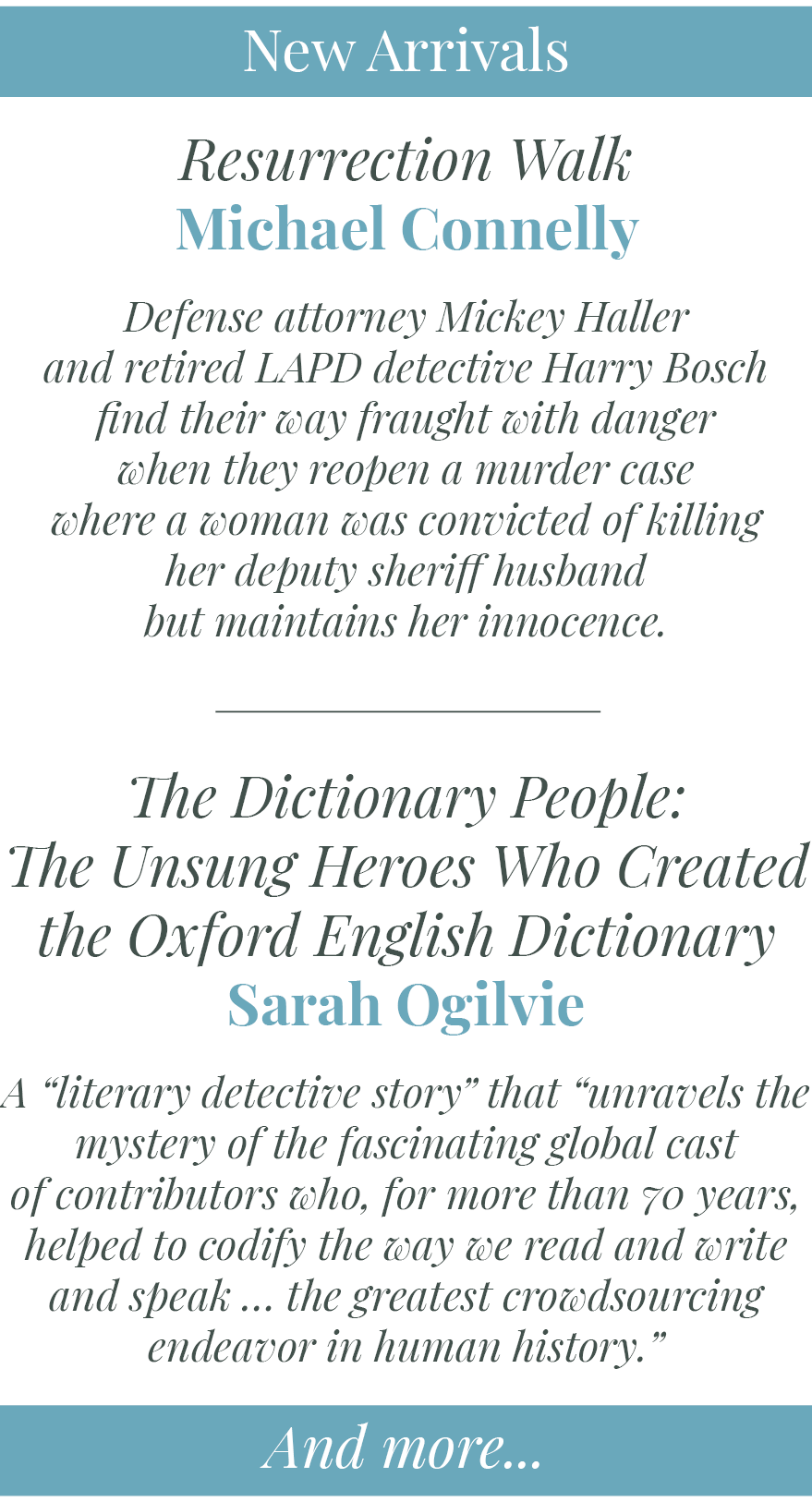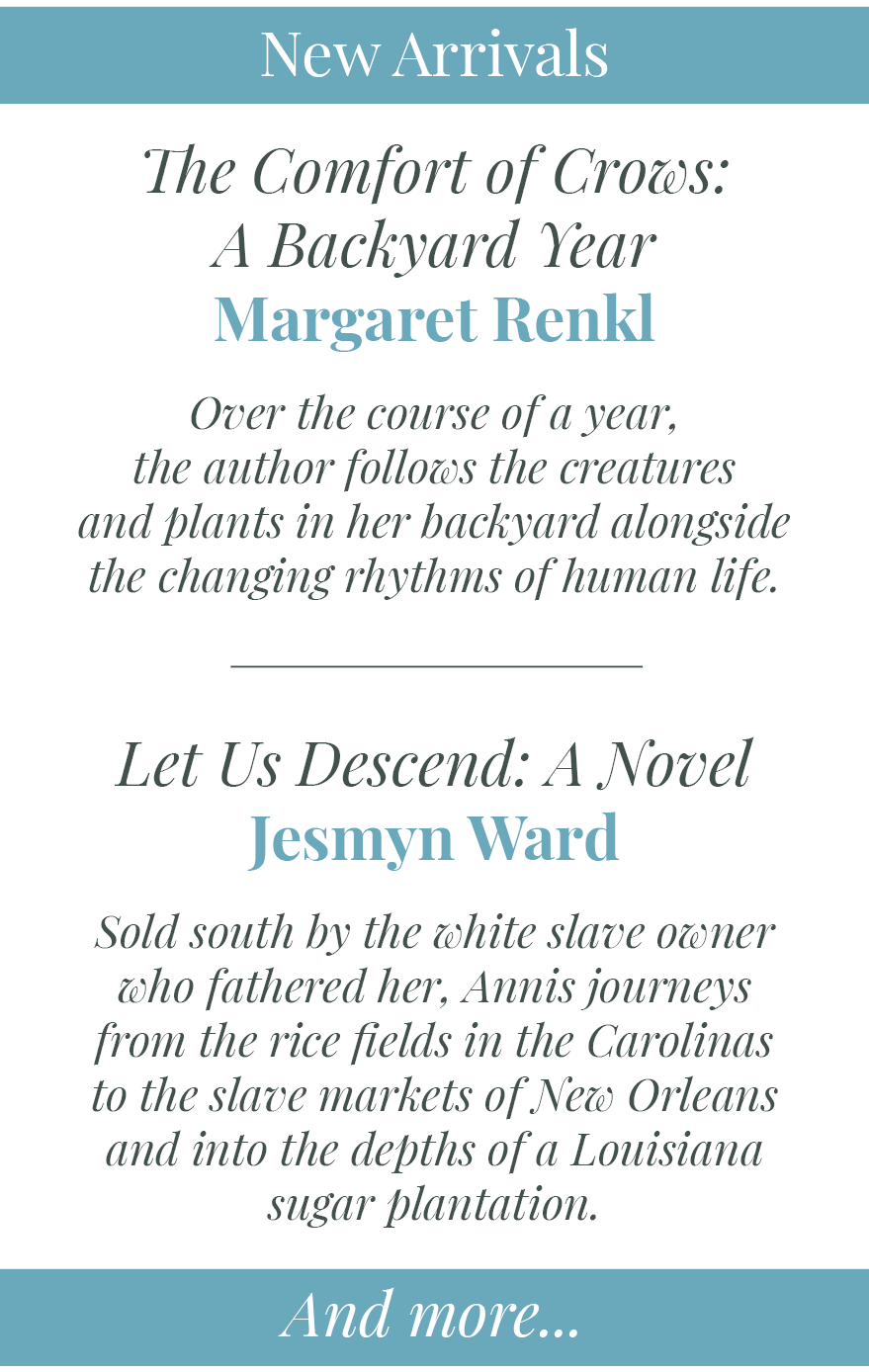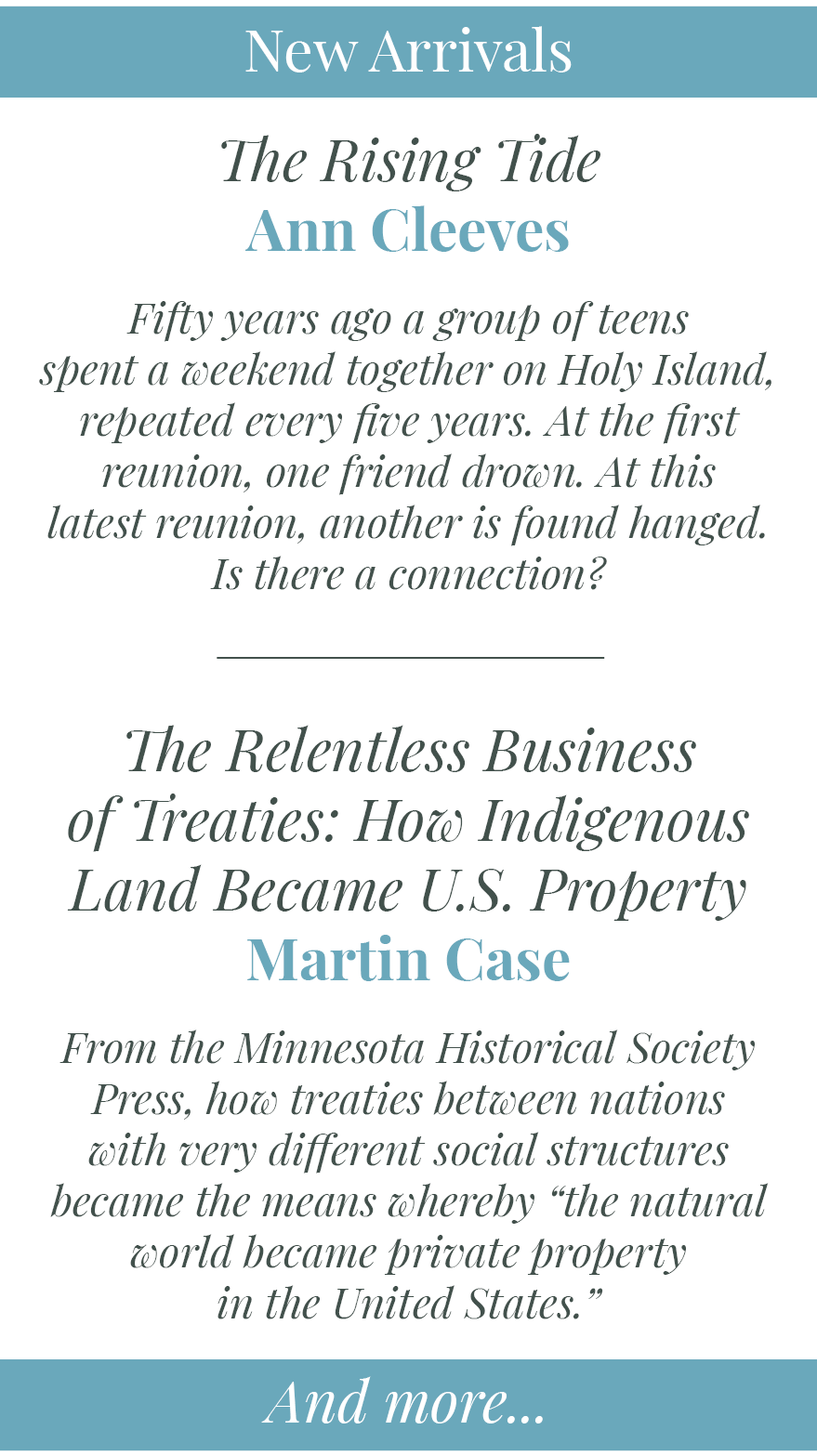What imported food there was went primarily to the ruling class in Pyonyang.
Famines and starvation made people desperate. More and more ordinary North Koreans were willing to undertake dangerous escapes. Learn more by reading the following books:
You can find The Orphan Master’s Son in the Coffman Library’s fiction section. The other titles can be borrowed from either the Ramsey County or the St Paul Public library systems.
both of which are required for democracy to work. Further, Adler warns, we cannot “leave all intellectual activity, and all political responsibility, to somebody else and live our lives as vegetable beneficiaries of the moral and intellectual virtue of other men.” If we do, he cautions, the “death of democracy...will be a slow extinction from apathy, indifference, and undernourishment” (p. 80).
A liberal education is proposed as the best way to promote personal development and to develop critical thinking skills. This education, begun in youth, is intended to continue throughout one’s life, revisiting texts to bring a more mature mind and understanding to them. While acknowledging the merits of the scientific method, Adler points out that there are some questions—particularly questions of meaning— that cannot be answered by it: hence the continued relevance of the liberal arts in an increasingly technological world. While the works collected together intentionally represent widely diverse attitudes and ideas—a “conversation of ideas” among the texts—it does not fulfill the expectations of diversity (even within its stated limits) we hold some seventy years later. The voices of women, for example, are notably absent. Still, the values and goals of the series—and Adler’s introductory essays in volume one—will resonate with those who have spent their lives teaching and promoting the liberal arts. You will find Great Books of the Western World on the upper level of Coffman Library. It is a good source of titles we don’t have elsewhere in our sections for fiction, poetry, drama, essays, biography, history, psychology, science, mathematics, or political science. In need of a new retirement project? A ten-year schedule for reading is included in the first volume.
officer to the autocratic strongman of Russia. Shatters the myth of Putin as a cunning political mastermind and exposes the man behind the facade.
Outlive: The Science and Art of Longevity, by Peter Attia. This operating manual for longevity draws on the latest science for innovative nutritional interventions and tools to optimize exercise and sleep, as well as emotional and mental health. Reviews say this stands a notch above other books of this type. Confidence Man: The Making of Donald Trump and the Breaking of America, by Maggie Haberman. A riveting account of the rise and fall of Donald Trump, the most consequential con artist in American history. Haberman's reporting is meticulous and her insights are incisive, making this book essential reading for anyone who wants to understand how Trump fooled so many people for so long. Vagina Obscura, by Rachel E. Gross. Mythbusting voyage into the female body, with unparalleled access to labs and the latest research. Gross clears away the linguistic and scientific shroud from one of the least investigated and most misunderstood structures in the human body. The Nature Fix, by Florence Williams. A fascinating exploration of the science behind our connection to nature. Learn how spending time in nature can improve your health, creativity, and happiness. Williams takes the reader through the natural world, from the forests of Japan to the beaches of California. (For the answers, see page 25 of the November newsletter.) |
NewsletterCoffman residents, signup for monthly updates from the Library! Thank you!You have successfully joined our subscriber list. Posts by Year
All
Posts by Month
July 2024
|






